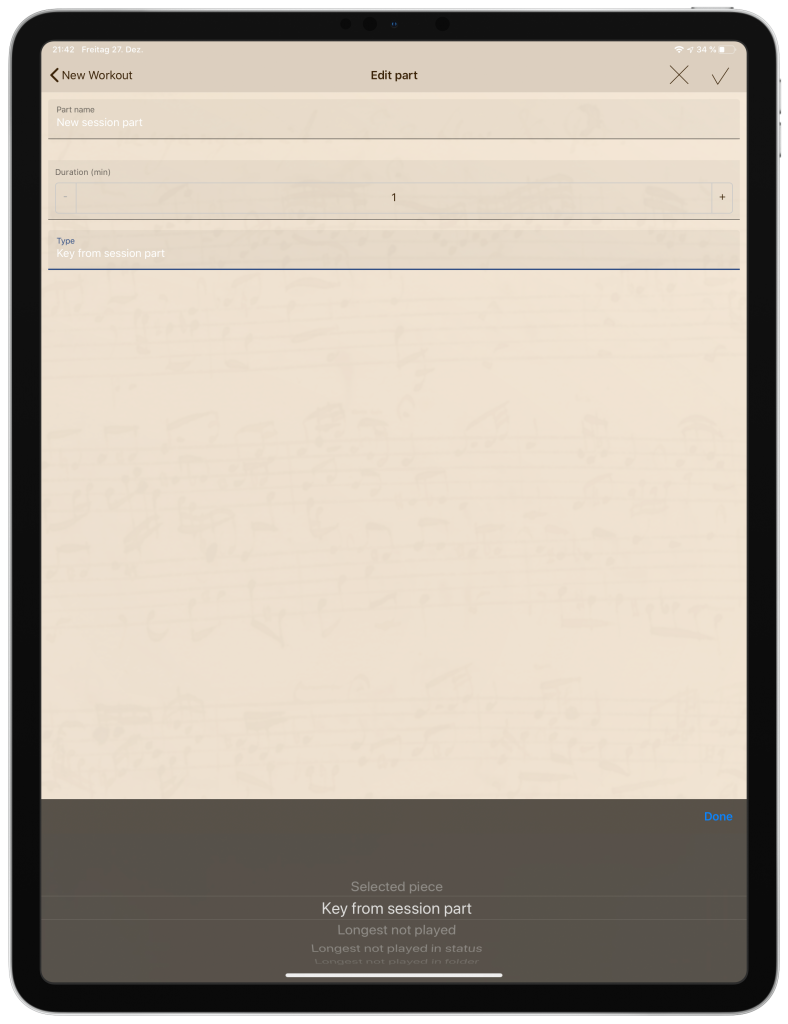There’s the right moment for every kind of exercise, but it’s always the moment for scales & arpeggios.
As I started taking piano playing seriously again and so doing daily exercises, I of course began with Hanon. There’s a lot of controversial discussion about Hanon exercises, being just too mechanical and not at all musical. On the other side, there were many promises about being able to improve the own technique just by playing Hanon every day, which is of course clueless.
The truth is, that the proper selection of exercises depends on many different parameters, such as the skill level, the pieces one wants to play, the weaknesses the player wants to polish out and at some level the proper set of exercises may also depend on a specific performance you are just preparing.
The proper selection of exercises is one of the most important actions, where a piano teacher can help. He/She is the only person who has the combination of an appropriate, external view on the pupil, along with the requires experience to select the right “tools” for improving the players skills. Even the most prominent professionals are backed by a mentor as such an external view is of unmeasurable value.
Wether you prefer Czerny, Hanon or if you can take the challenge Chopins etudes, there’s one constant exercise, that I perform everyday, before I’m doing anything else: scales and arpeggios.
That is because scales and arpeggios in different keys brings you into the mood of a piece, as well as being the best warm-up exercise you could do. You can practice the most important fingerings as well as play around with variations and so tackle difficult passages such as Chopins fiorituras or Liszt cadences.

Scales and arpeggios are part of the methodology for the daily instrument practice introduced by Play ‘n’ Practice. In the Play ‘n’ Practice Pro version you’re able to create your own workouts, built of pieces in different phases of practicing. When you create a new workout by tapping on the “+” button on top of the “Workout Setup” page, you can add different new parts, which are basically phases of your daily practice sessions. This introduces some structure into your practice. If you add a part and select “Key from session part”, Piano Practice automatically looks for the keys of the pieces selected for this workout and creates a set of scales and arpeggios exercises fitting to them.
Again to be clear: you can add a part covering a specific piece, parts covering a selected number of pieces in a specific phase or pieces from a selected playlist. Play ‘n’ Practice rotates through all pieces depending on the last time you played them and selects the defined number of pieces for a new workout. The given duration is just a remark for the workout timer, we will discuss in the Workout section. The “Key from session part” part type, automatically looks for all keys within the pieces of the current workout and presents a series of exercise sheets for scales and arpeggios.

Comments are closed